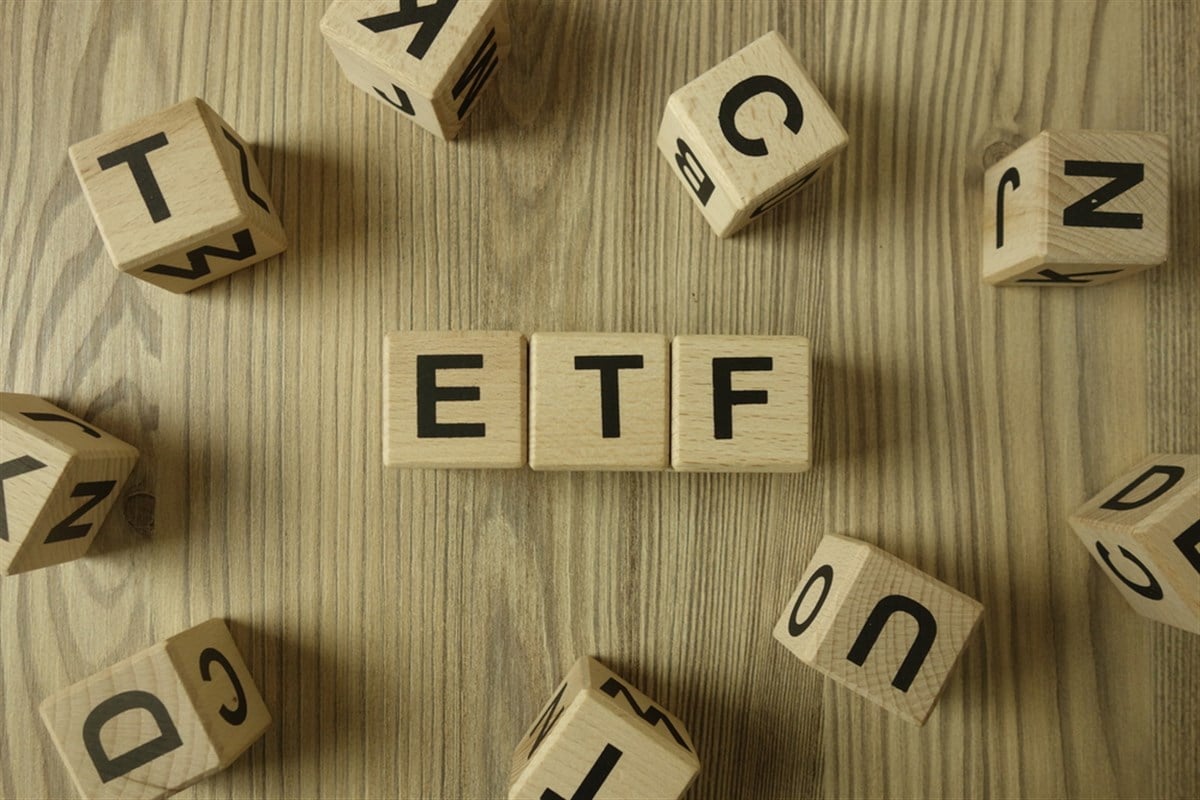



The S&P 500 has seen remarkable growth, increasing by over 26% leading up to December 26, 2024. This surge highlights the importance of selecting the right ETFs for investors looking to capitalize on this performance. Among the major S&P 500 ETFs, SPDR S&P 500 ETF (SPY), Vanguard S&P 500 ETF (VOO), iShares Core S&P 500 ETF (IVV), and SPDR Portfolio S&P 500 ETF (SPLG) stand out due to their substantial assets and competitive expense ratios. SPY boasts $632 billion in assets with an expense ratio of 0.09%, while VOO has $583 billion in assets and an even lower expense ratio of 0.03%. Lower expense ratios can significantly enhance long-term returns, making them a critical factor in ETF selection [3e101f8b].
Investors are encouraged to consider dollar-cost averaging as a beneficial strategy for entering the market gradually, which can help mitigate the impact of volatility. Currently, SPLG is priced at $69.63, but analysts recommend five stocks that may outperform it. The article emphasizes the importance of understanding expense ratios when selecting ETFs, as they can have a profound effect on overall investment performance [3e101f8b].
In addition to these insights, Vanguard remains a prominent player in the ETF market, with its actively-managed Vanguard Global Value Equity Active ETF (VVLU) gaining attention for its focus on companies with low prices relative to their fundamental value. As of the latest report, VVLU has $567.88 million in assets under management and charges a management fee of 0.29%, which is competitive compared to the average fee of 0.5% for ETFs [b8445388].
Investors should also be aware of the various mutual funds available for retirement portfolios, such as Fidelity Advisor Semiconductors A (FELAX) and T. Rowe Price Capital Opportunity A (PACOX), which have shown strong returns over the past five years [573c4f2b]. These funds, along with the discussed ETFs, provide a diversified approach to investing, allowing individuals to tailor their portfolios according to their financial goals and risk tolerance [1db835d4].
In summary, as the S&P 500 continues to perform well, understanding expense ratios and employing strategic investment methods like dollar-cost averaging can help investors maximize their long-term gains. The combination of low-cost ETFs and high-performing mutual funds creates a robust foundation for a successful investment strategy [3e101f8b].